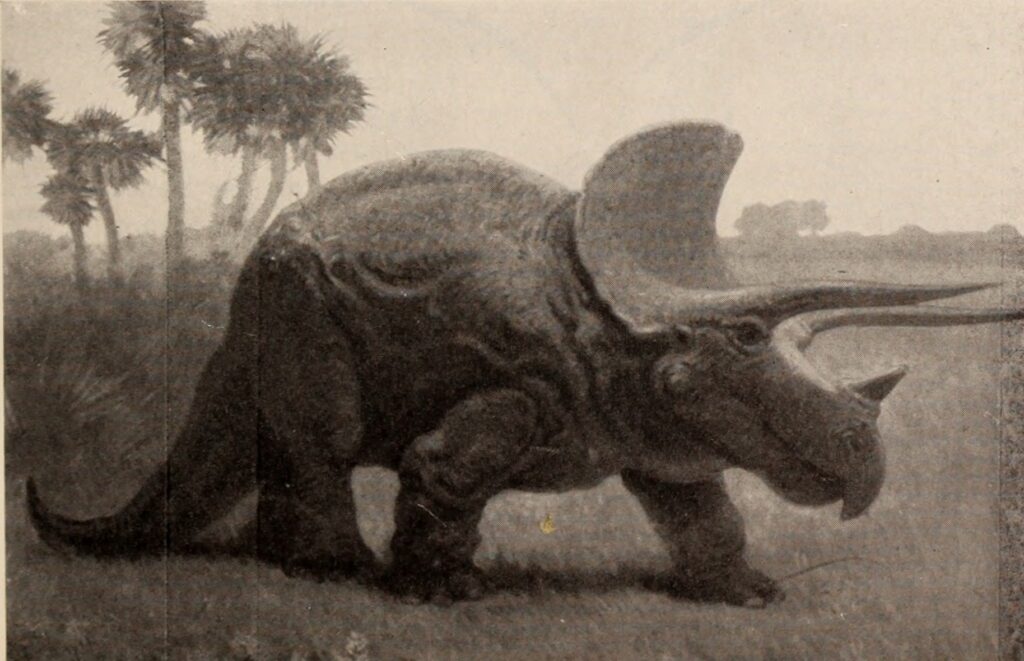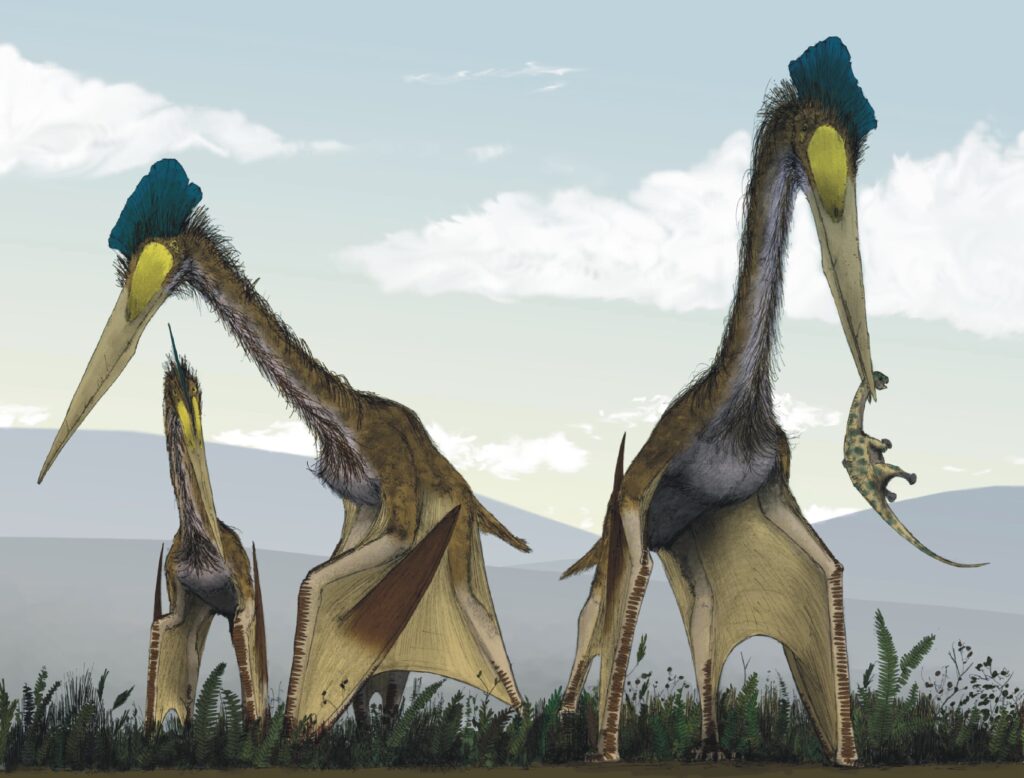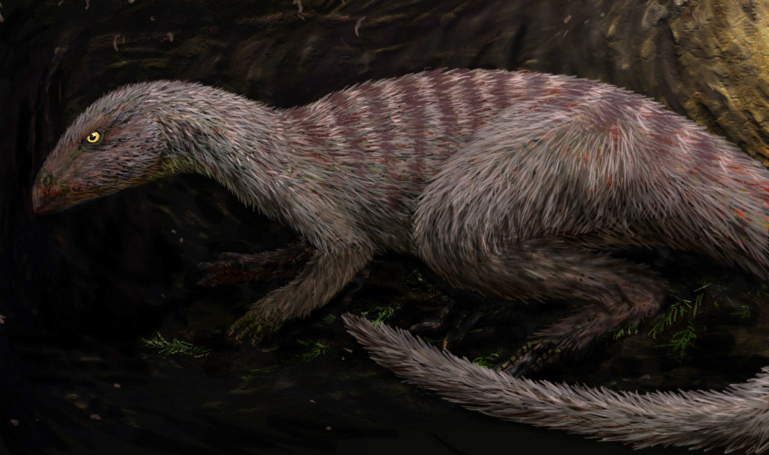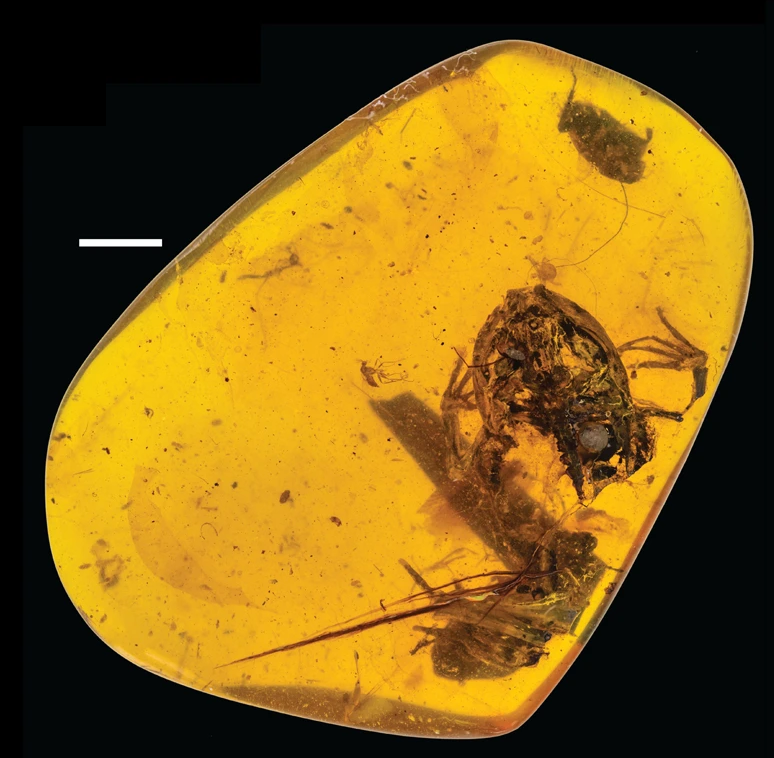When you picture a plant-eating dinosaur, do you imagine a gentle giant peacefully munching leaves? Think again. The prehistoric world wasn’t kind to the defenseless, and these herbivores evolved some of nature’s most ingenious defensive strategies.
From bone-crushing tail clubs to meter-long claws sharper than scythes, these plant-eaters could dish out punishment that would make even the fiercest predators think twice. These weren’t just passive prey animals waiting to become someone’s lunch. They were warriors wrapped in armor, sporting weaponry turn the tables on any would-be attacker.
Triceratops: The Three-Horned Gladiator
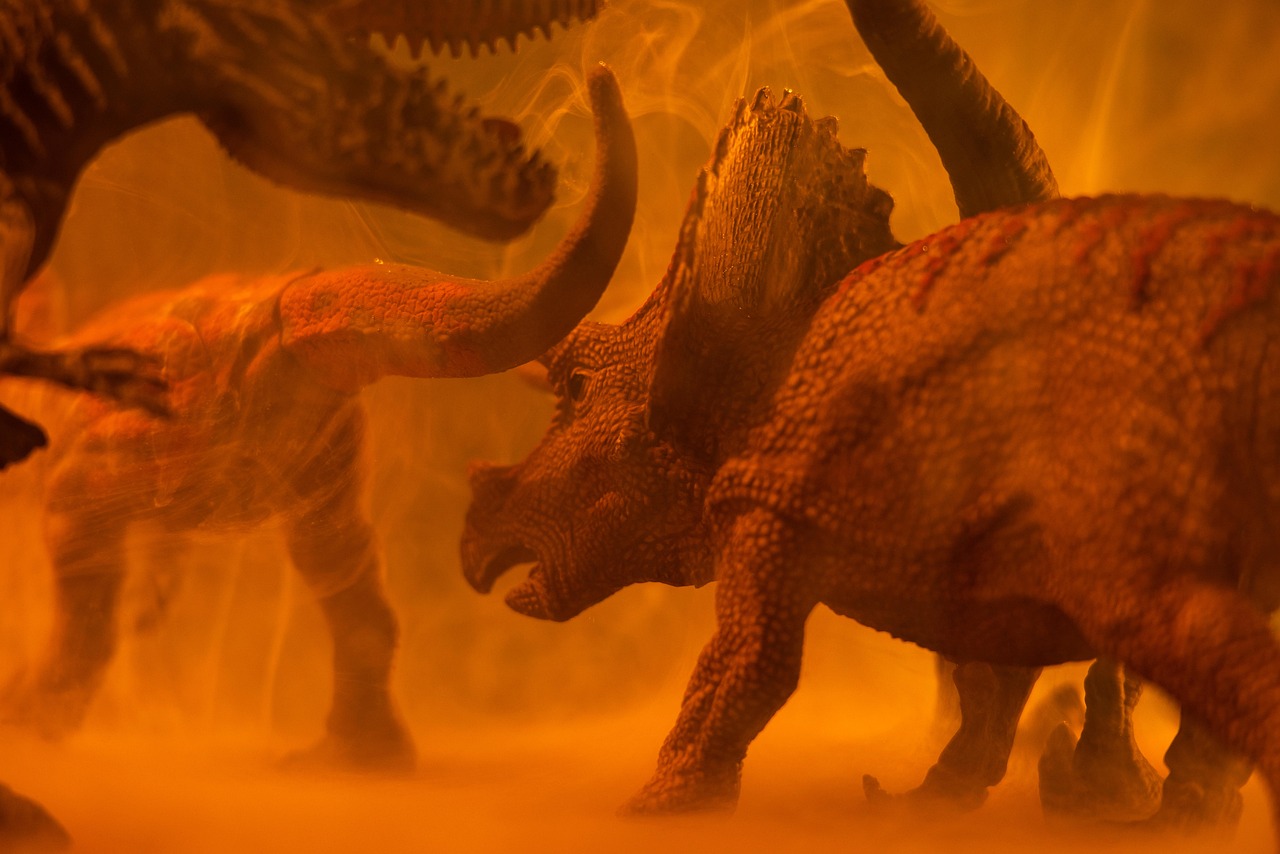
Triceratops bore a large bony frill, three horns on the skull, and a large, four-legged body, making it one of the most recognizable defensive specialists in dinosaur history. These features were traditionally viewed as defensive weapons against predators, with ceratopsians like Triceratops using their prominent horns and large bony frills for defense, potentially charging predators like a battering ram.
Picture a rhinoceros the size of a school bus, and you’re getting close to understanding this prehistoric tank. Fossil evidence suggests Triceratops actively engaged predators, with puncture wounds found on Tyrannosaurus rex skulls indicating defensive counterattacks. Measuring around 8–9 m (26–30 ft) long and weighing up to 6–10 t (5.9–9.8 long tons; 6.6–11.0 short tons), this was no pushover when cornered.
Stegosaurus: The Walking Spike Factory
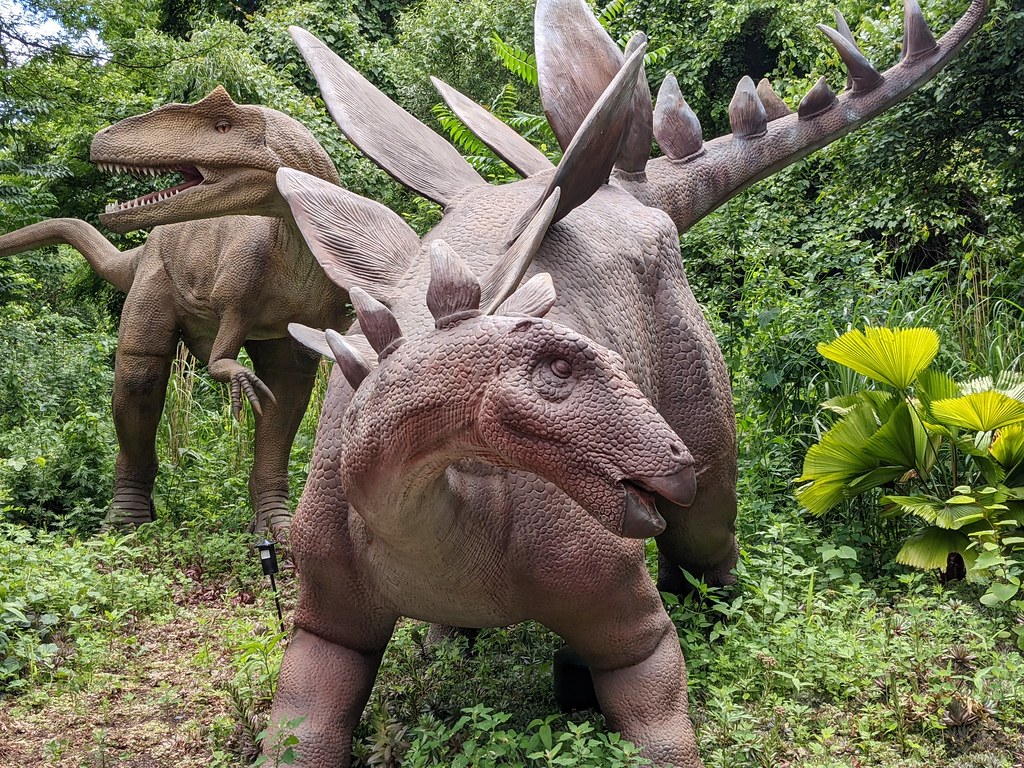
The iconic plates running down its might steal the show, but Stegosaurus utilized its tail spikes, known as a thagomizer, for defense, capable of delivering powerful blows, with fossil evidence suggesting that it may have delivered fatal blows to predators like Allosaurus. Those four razor-sharp spikes at the end of its tail weren’t just for show.
With its big size and unmistakable plates, Stegosaurus remains one of the most fascinating herbivorous dinosaurs of the Jurassic period. Think of it as nature’s medieval mace on legs, capable of swinging that weaponized tail with devastating effect. These unique features, combined with its unusual body structure where the hind legs were much longer than the forelimbs, make Stegosaurus not only an instantly recognizable but also a truly specialized plant-eater of its time.
Ankylosaurus: The Living Fortress
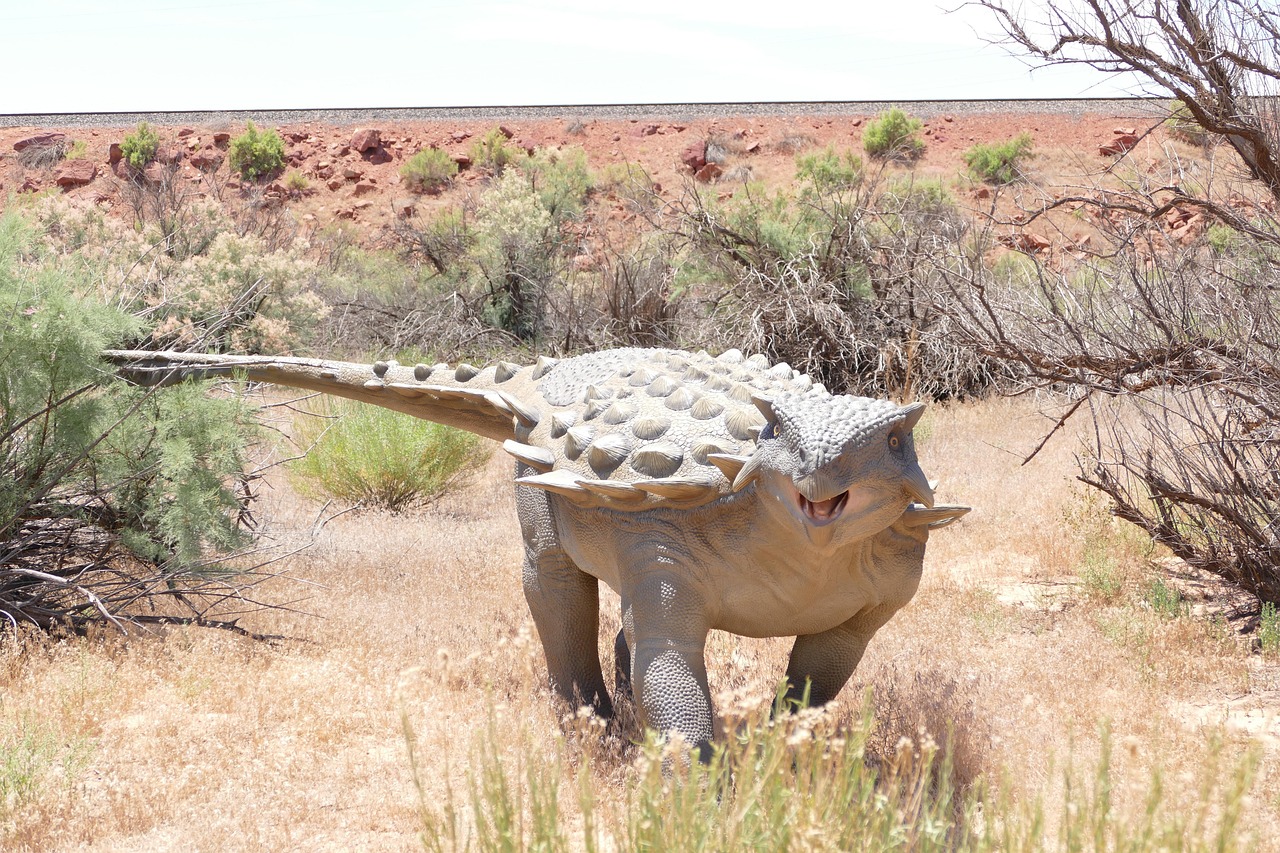
If prehistoric Earth had tanks, they would have looked like Ankylosaurus. It was covered from head to tail with osteoderms, equipped with a large tail club capable of defending itself against carnivorous theropods of its time, such as Tyrannosaurus rex. Picture armor plating so complete that its entire body was covered in thick osteoderms, even extending to its eyelids, ensuring that no predator could easily penetrate its defenses.
Having dimensions of 1.7 m height at the hips, approximately 10 m in length, and a weight of around 6 metric tons, Ankylosaurus was one of the largest and heavily armored dinosaurs of its time. The tail club of Ankylosaurus seems to have been an active defensive weapon, capable of producing enough of an impact to break the bones of an assailant. One study found that Ankylosaurs were capable of swinging their tails with enough force to break bones on impact.
Therizinosaurus: The Giant with Scythe Hands
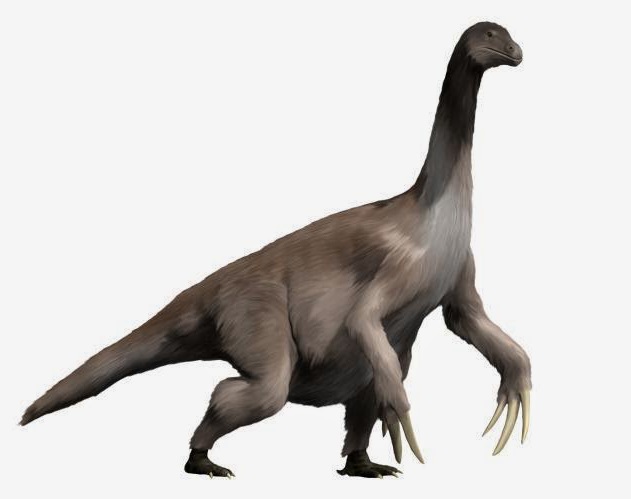
Here’s where things get really wild. Of the Therizinosaurs, the one with the most fearsome claws was the Therizinosaurus cheloniformis. It had three digits on its forelimbs with three fearsome claws to match, the first of which was almost three feet long, and all three were shaped like scythes. Imagine a dinosaur that looked like it borrowed Freddy Krueger’s hands, but super-sized.
The elongated hand claws of Therizinosaurus were more useful when pulling vegetation within reach rather than being used for active attack or defense because of their fragility, however, they may have had some role for intimidation. Still, the elongated claws may have been useful for self-defense or to intimidate the predator during this situation when faced with massive predators like Tarbosaurus. They may have used their long-clawed hands, which may have been surrounded at least partly by tissue, to slap threats, similar to the defensive strategies of giant anteaters.
Kentrosaurus: Africa’s Spiky Defender
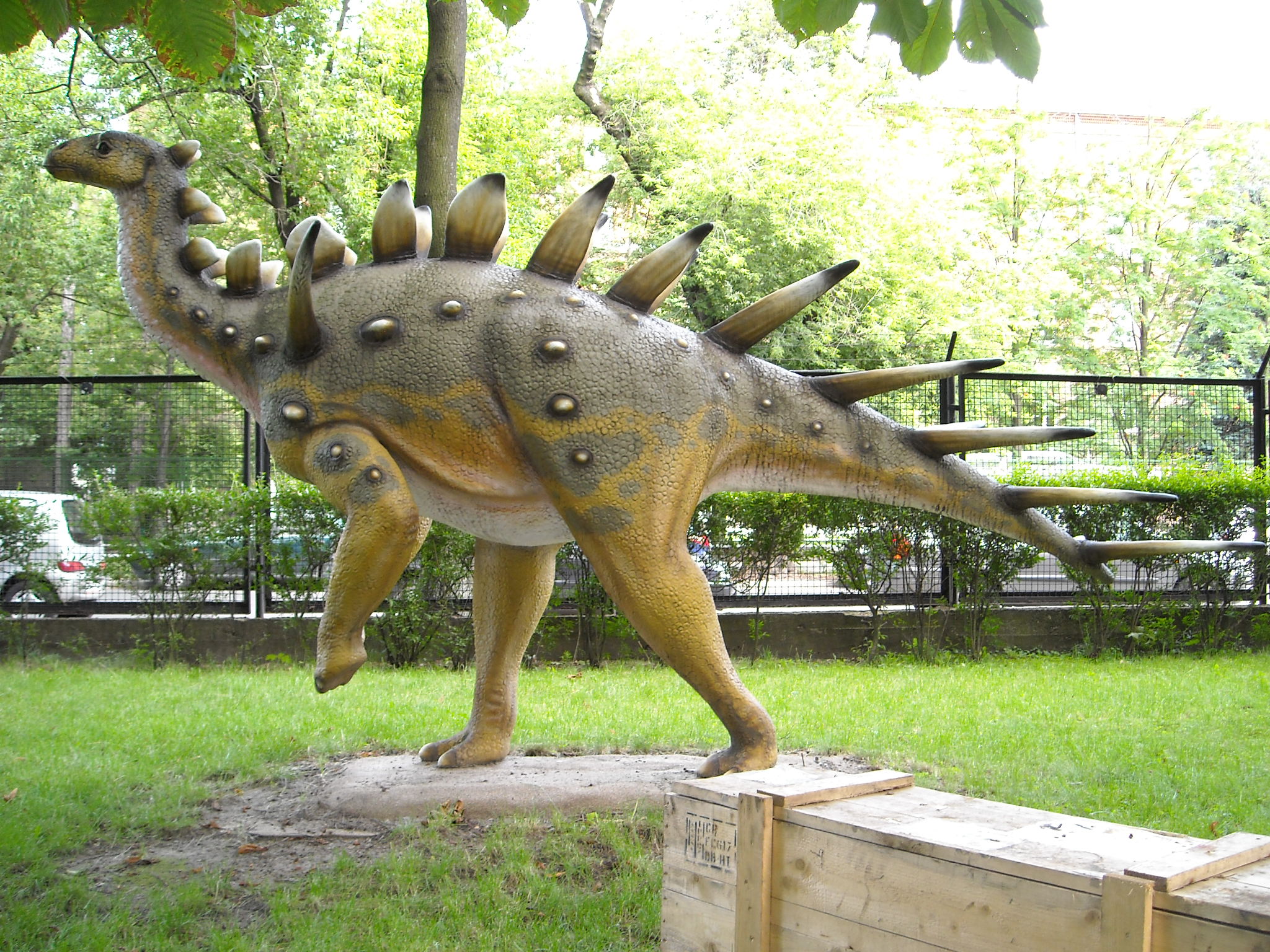
While Stegosaurus gets most of the fame, its African cousin Kentrosaurus took the spiky defense strategy to the extreme. This medium-sized herbivore bristled with defensive weaponry from head to tail. The front half of its featured the typical stegosaur plates, but the rear half transitioned into vicious spikes that could puncture any attacking predator.
What made Kentrosaurus particularly dangerous was its shoulder spikes. These massive projections turned the dinosaur into a walking pincushion that could deliver devastating side-swipes to anything foolish enough to approach from the flanks. Combined with the classic thagomizer tail weapon, Kentrosaurus was basically untouchable from every angle. Even the mighty predators of late Jurassic Africa would have thought twice before taking on this spiky nightmare.
Borealopelta: The Armored Bulldozer
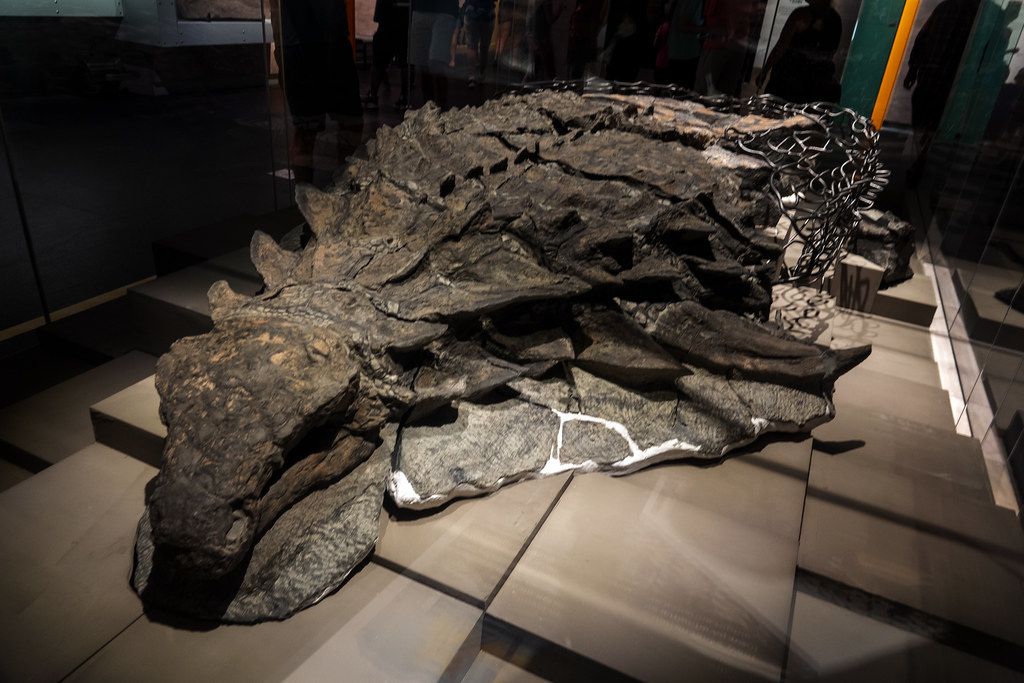
Meet one of the most heavily armored creatures ever to walk the Earth. Borealopelta was like Ankylosaurus’s smaller, meaner cousin, covered in overlapping armor plates that would make a medieval knight jealous. What set this nodosaur apart wasn’t just its defensive capabilities, but how perfectly preserved specimens reveal the incredible detail of its armor arrangement.
This walking fortress had massive shoulder spikes that jutted out like medieval battle axes, ready to gore any predator that got too close. Unlike its club-tailed relatives, Borealopelta relied on pure defensive bulk and those wicked shoulder weapons to stay alive. The fossil record shows these dinosaurs were so well-armored that even large predators rarely bothered with them. When you’re built like a tank covered in spears, most threats simply look for easier meals elsewhere.
Sauropelta: The Shield Bearer
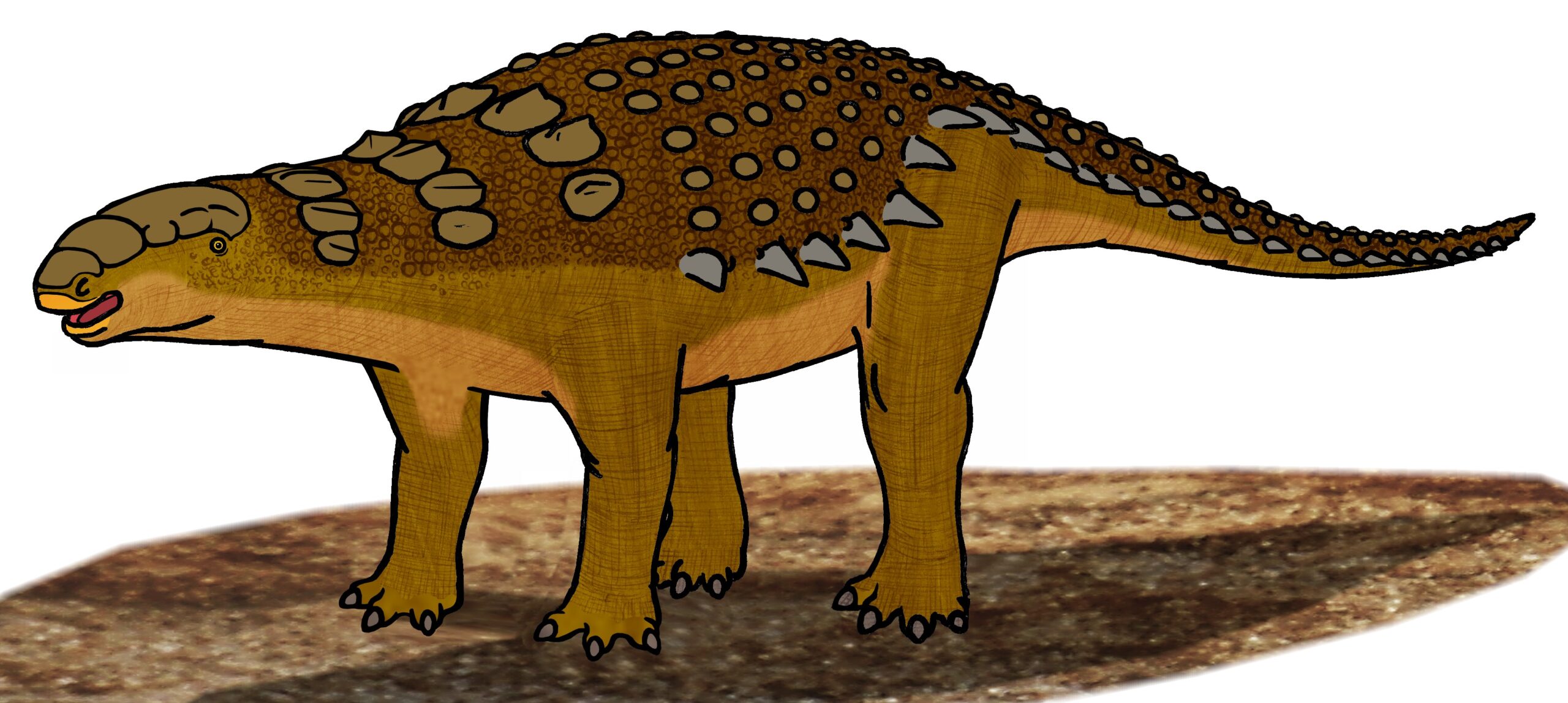
Sauropelta earned its name meaning “lizard shield,” and for good reason. This early armored dinosaur pioneered many of the defensive strategies that would later be perfected by its descendants. What made Sauropelta special was its combination of flexibility and protection, sporting rows of conical spikes along its sides while maintaining enough agility to actually use them effectively.
Picture a dinosaur that could curl up like an armadillo but fight like a porcupine. When threatened, Sauropelta could present its armored while swinging those formidable side spikes at any attacker. The fossil evidence suggests these dinosaurs were surprisingly aggressive for herbivores, willing to stand their ground rather than simply relying on passive defense. Their legacy lives on in every armored dinosaur that came after them, proving that sometimes the best defense really is a good offense.
Conclusion
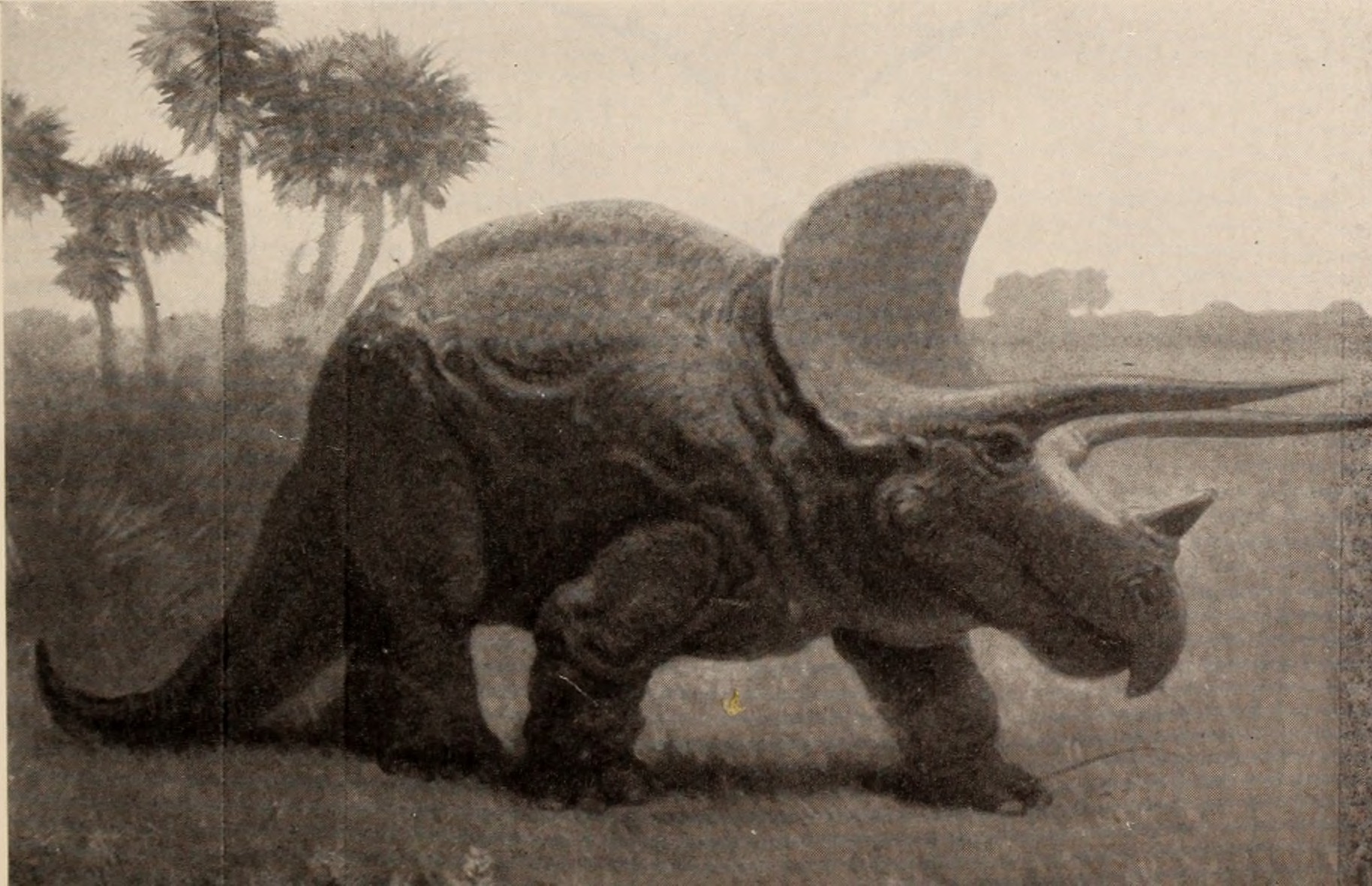
These seven herbivorous powerhouses prove that being a plant-eater in the Mesozoic Era didn’t mean being helpless. From the battering-ram charge of Triceratops to the bone-breaking tail club of Ankylosaurus, these dinosaurs evolved incredible defensive strategies that kept them alive in a world full of massive predators.
The next time someone tells you herbivores were just gentle giants, remind them of these prehistoric warriors. They survived millions of years not through luck, but through evolution’s most creative defensive innovations. What do you think about these armored champions? Tell us in the comments.

